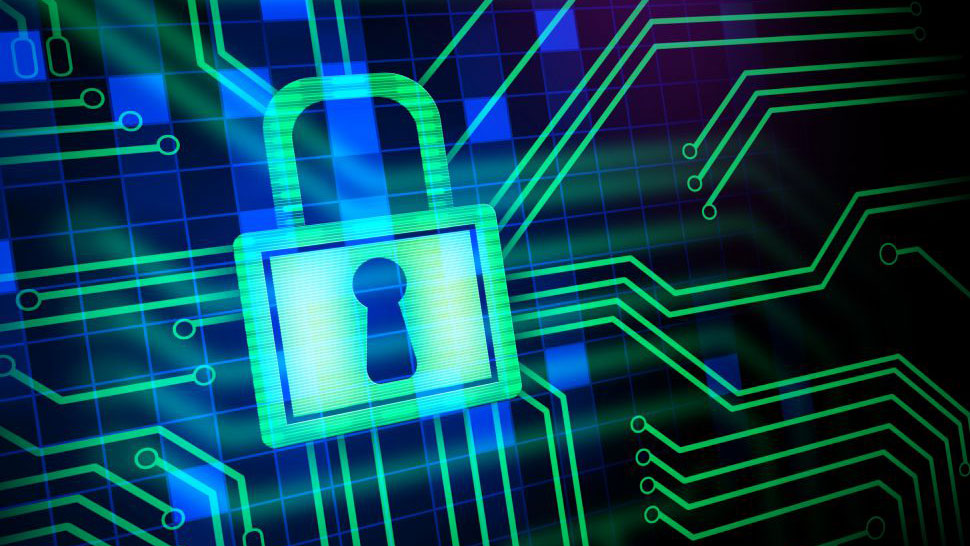Cybersecurity
Recent Articles
Sort Options:
_Oleksandr_Perepelytsia_-Alamy.jpg?width=1280&auto=webp&quality=80&disable=upscale)
Factoring Cybersecurity Into Finance's Digital Strategy
Financial institutions are increasingly adopting digital transformation, with their success hinging on the establishment of strong and responsible cybersecurity practices. This focus on cybersecurity is essential for navigating the evolving digital landscape effectively.

Securing the future: why cybersecurity must be secure by design – and by default
The UK Public Accounts Committee emphasizes the urgent need for a proactive cybersecurity approach, advocating for a Secure by Design strategy to address evolving threats and legacy system vulnerabilities, while highlighting the importance of continuous skill development and collaboration across sectors.

Foundations of Cybersecurity: Reassessing What Matters
To future-proof cybersecurity strategies, organizations must develop flexible and adaptable security programs that meet both current and evolving business needs, according to industry experts. This proactive approach is essential for maintaining robust protection against emerging threats.

Leading the Future of Cybersecurity: A Conversation with Uldana Mussabekova
Cybersecurity has evolved into a critical battleground, with FBI data revealing over $12.5 billion lost to cybercrime in 2023, a figure that has tripled since 2019. The publication emphasizes the urgent need for enhanced digital safety measures.